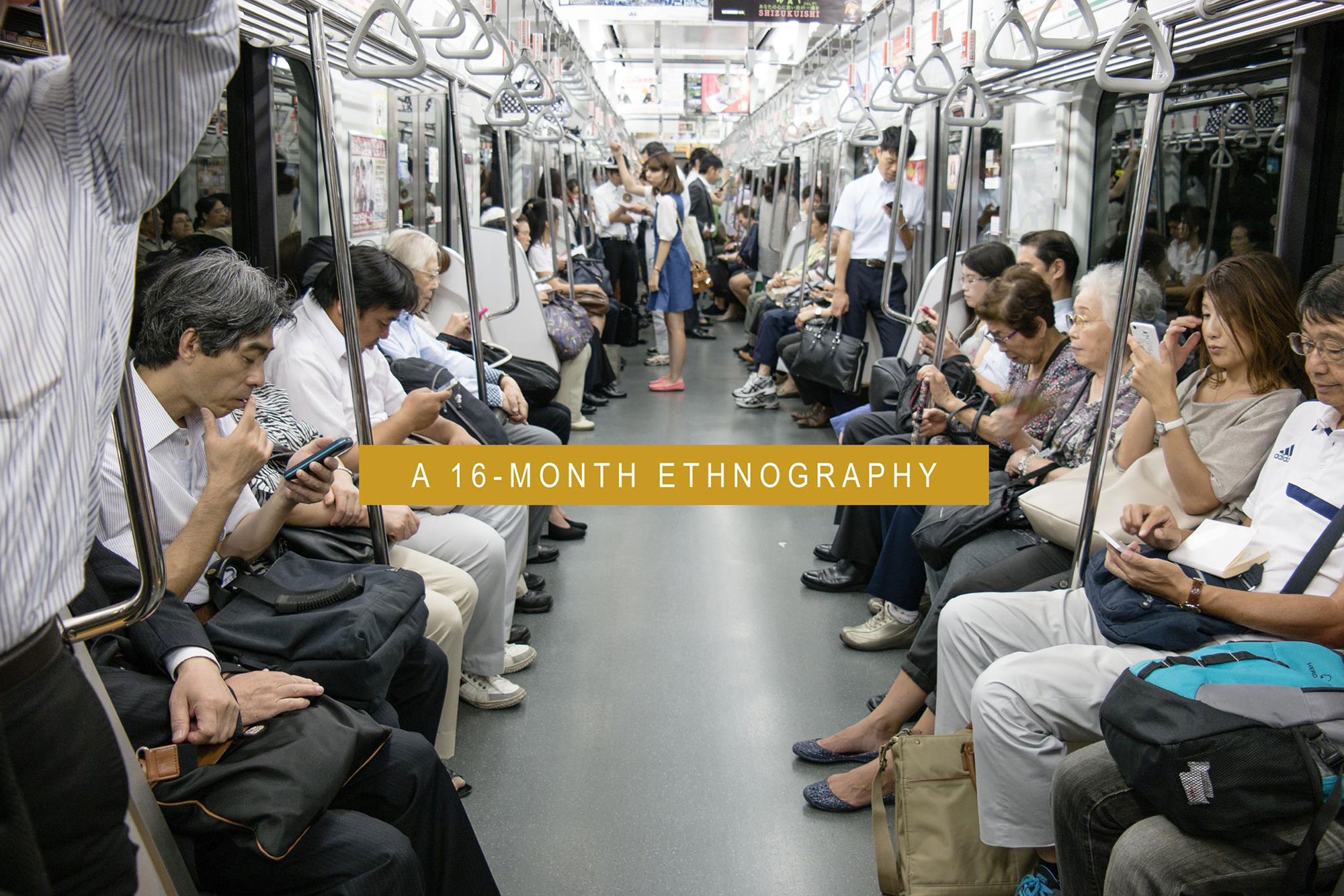Life lessons from consulting to academia, and back again
“While teaching, I emphasized cohesive process and strong documentation because I saw the value of instilling a repeatable and user-centered design methodology as a base upon which individual design skills could then be built. Yet, this type of education occurs in an environment that is sheltered and artificial–by definition. Even the most industry-focused academic programs emphasize and teach a “clean” process, with deliverables that are defined in advance, requirements that generally don’t change, and participants who are competent, articulate and well-mannered. Students make “good” design decisions because they have a rigid and confined set of constraints in which to work, and as it should, the safety net of academia provides a positive environment in which to fail.
Design consulting operates in a dramatically different world. While a statement of work may attempt to define concrete deliverables, even the most well-intentioned presales and planning effort can’t cohesively estimate the proper amount of sketches, wireframes, documents, or deliverables that will “solve” a given design problem and communicate the solution. Changing requirements lead to slipped deadlines; changing budgets alter design scope in mid-step; even changing attitudes and the constant banging of the burn-rate drum begin to introduce arbitrary design constraints (such as emotions) into an already messy process.”




